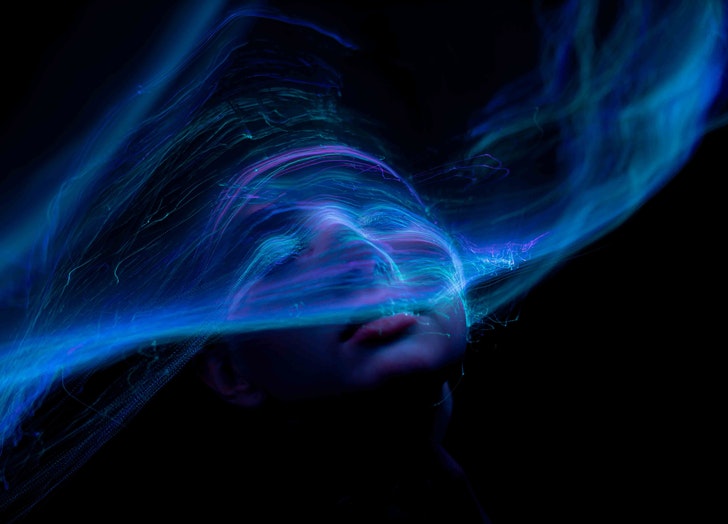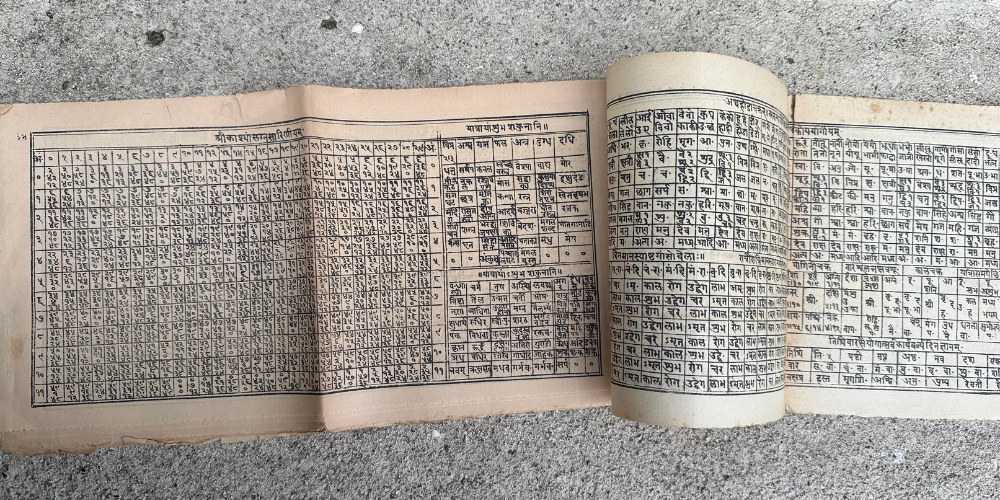It is unknown why some people perceive human faces in everyday inanimate objects–whether we're talking about an imaginary face in a cheese grater or seeing a man in the moon, these faces are more commonly perceived to be male. This was discovered by a survey conducted among U.S. adults by the Proceedings of the National Academy of Sciences.

Pexels/cottonbro. It is unknown why some people perceive human faces in everyday inanimate objects
The survey studied the responses of some 3,800 subjects who were presented with 250 photos of objects with illusory faces. The objects ranged from items like suitcases to potatoes and the participants were asked to identify these faces as either male or female.
Associating The Underlying Object With A Gender
Curiously enough, both the male and female participants were inclined towards identifying these illusory faces as male, accounting for 80% of the total participants. 17% of the participants were quite evenhanded with their classification of the faces while only 3% of the participants perceived the majority of the faces to be female.

Pexels/Sergey. People do not perceive the underlying objects themselves to be feminine or masculine
The participants were then included in a follow-up experiment and curiously enough, they did not show the same bias towards the photos of items without illusory faces. These research findings proved that the participants did not perceive the underlying objects themselves to be feminine or masculine.
Basic vs. Detailed Facial Features
According to the study's author Susan Wardle, who herself is a cognitive neuroscientist, this can be explained by the fact that humans perceive the basic pattern of a face. This is because to associate a face with femininity, it must have additional features and details–have you ever wondered why the female animated characters are given additional features such as fuller lips, bigger eyelashes, pink cheeks, and bigger eyes?

Pexels/Sergey. To associate a face with femininity, it must have additional features and details
According to Wardle, it is unclear why this gender bias is present in most humans but she has evidence to back up the fact that this perception arises early in life. This is because when she conducted another study, this time with the subjects being grade school students, the results were shockingly similar.
This gender bias was present in children as young as even five years old and according to Sheng He, a cognitive neuroscientist at the Chinese Academy of Sciences in Beijing, it might be interesting to find out how people who live in matriarchal societies respond to similar studies and surveys.





